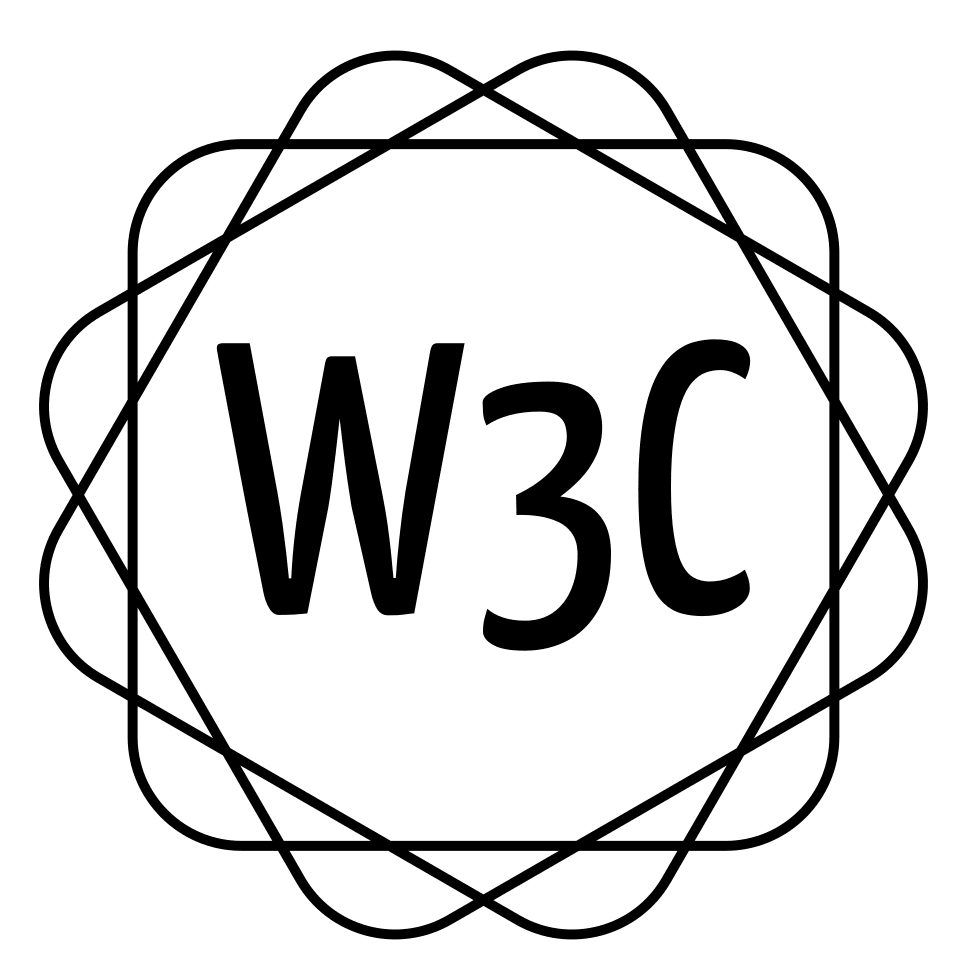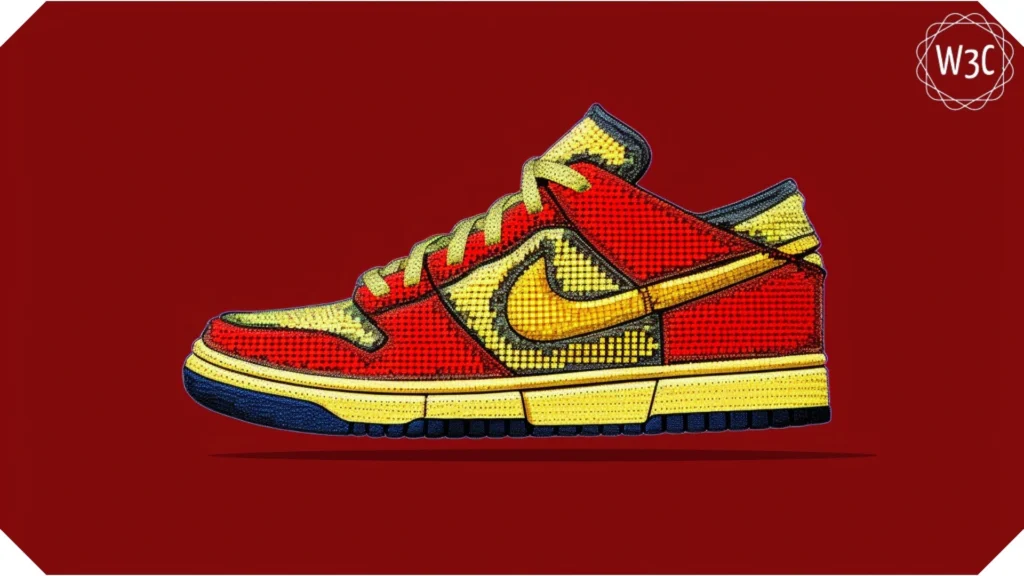Index
ToggleKey Takeaways:
- Non-fungible tokens (NFT) are unique digital assets that can be bought and sold on blockchain platforms.
- They have gained immense popularity in the past few years as they allow for the creation and sale of digital art that is verifiably scarce and unique.
- While NFTs can revolutionize the way we think about ownership and value in the digital world, they are also subject to some concerns and criticism, such as the environmental effect of blockchain technology and the potential for fraud and manipulation in the market.
What are Non-Fungible Tokens (NFTs)?
Non-fungible tokens, or NFTs, are unique digital assets stored on a blockchain. It is a digital certificate of ownership that verifies a unique digital item like a piece of art, music, or video, which is one-of-a-kind and cannot be duplicated. Unlike fungible tokens like Bitcoin, which can be exchanged for an equal value of another Bitcoin, NFTs are unique and cannot be exchanged for anything else. NFTs are verified and recorded on the blockchain, which provides a secure and transparent way to track ownership and transactions.
How does NFTs work?
NFTs are the digital assets that represent ownership or proof of authentication of a unique item or content, using blockchain technology. Following are the points highlighting how NFTs work:
- NFTs can represent a broad variety of unique digital assets, including artwork, music, films, virtual real estate, virtual items in video games, and more. Each NFT has a unique value and properties that distinguish it from other tokens.
- They are constructed on blockchain networks, especially Ethereum. However, other blockchains like Binance Smart Chain and Flow are also used. Blockchain is a decentralized digital ledger that records and verifies transactions across a network of computers known as nodes. This technique assures that NFT transactions are secure, transparent, and immutable.
- The unique digital assets are tokenized to generate NFTs. The asset is converted into a digital token on the blockchain throughout the procedure. The token has metadata that identifies its unique traits, such as the creator’s information, a description, and any other characteristics that distinguish it.
- Smart contracts, which are self-executing contracts with predetermined rules encoded into the blockchain, are frequently used in NFTs. They offer a variety of functions for creators, such as defining ownership, validating authenticity, and managing royalties or income sharing.
- It establishs proven ownership and allow ownership to be transferred between parties. The blockchain keeps a transparent and publicly accessible record of ownership transactions, making it simple to trace an NFT’s history.
- It can be bought, sold, and exchanged on a variety of online NFT marketplaces. These marketplaces serve as platforms for producers to promote and sell their NFTs, as well as for purchasers to browse, buy, or auction off these digital assets. Transactions are often carried out with cryptocurrencies, and ownership transfers are recorded on the blockchain.
Pros and Cons of NFTs
NFTs have gained tremendous popularity in recent years with big brands launching their own digital assets. However, like any technology, NFTs have their own sets of pros and cons. Here’s an overview of the advantages and disadvantages of these non-fungible tokens:
Pros:
- NFTs provide new opportunities for artists, musicians and asset owners to monetize their digital creations directly. NFTs enable creators to sell their assets directly to collectors without intermediaries, allowing them to retain a large portion of their revenues.
- Since these assets are created using blockchain technology, NFTs ensure transparency and authenticity, allowing creators to verify the originality and provenance of their work.
- NFTs have created a liquid market for previously difficult-to-sell or trade digital assets. They facilitate fractional ownership and provide a platform for more easy purchasing, selling, and trading of digital assets, thereby opening up new markets and consumers.
- Smart contracts that incorporate royalties for creators can be programmed into NFTs. It means that when artists’ NFTs are resold in the secondary market, they can receive a share of future sales, generating recurring cash streams.
Cons:
- The NFT market can be very speculative, with large price volatility. Although some NFTs have sold for millions of dollars, there is no guarantee that the value will be sustained or increase over time. Concerns have been raised regarding potential investment dangers as a result of this volatility.
- Since the NFT sector is still somewhat uncontrolled, fraudulent activities and frauds can thrive. To prevent falling victim to bogus NFT listings or platforms, buyers and sellers must exercise care and undertake extensive research.
Use of NFTs in Different Industries
Gaming:
By allowing gamers to own and exchange in-game assets, NFTs are revolutionizing the gaming business. One of the reasons why NFTs can be a huge success in gaming is interoperability, which means that the players can use their gaming collectables across many games. The NFT being stored on a blockchain, its data and ownership can be easily tracked, and it is free of corruption, allowing it to be easily moved between games that use the same blockchain. Also, NFTs enable players to buy and sell virtual things, characters, and even virtual real estate outside of the gaming ecosystem, allowing for true ownership and value transfer.
Asset Tokens:
NFTs can be used in asset tokenization, where real-world assets like real estate, artwork, collectables, commodities and natural resources are converted into digital tokens. The use of non-fungible tokens in asset tokenization enables fractional ownership, enhanced liquidity, and transparent trading of historically illiquid assets. It allows for greater involvement in investment opportunities, increases trust and transparency, and brings new ways to value and exchange physical assets in a digital ecosystem.
Metaverse:
NFTs enable individuals to own virtual land in the metaverse, hence creating a digital real estate market in which users can build and benefit from virtual locations. NFTs also represent virtual goods and avatars, allowing users to personalise and exchange one-of-a-kind digital items. NFT interoperability across metaverse platforms allows for the smooth movement of virtual assets, supporting a united economy. Some of the best NFT metaverses are Axie Infinity, RobotEra and Metacity.
Supply Chain:
NFTs can be used in the supply chain to improve physical commodities transparency, traceability, and authenticity. Manufacturers can generate a digital record containing information about the item’s origin, manufacturing process, certifications, and other pertinent details by attaching an NFT to it. This digital token may be traced and confirmed on a blockchain, allowing all stakeholders engaged in the supply chain to access and validate the product’s journey, including manufacturers, distributors, retailers, and consumers. Furthermore, NFTs can aid in the fight against counterfeiting because each item has a unique digital identity that verifies its legitimacy. Also, they can simplify the transfer of ownership throughout the supply chain, allowing for efficient and safe transactions.
Prerna Rohilla, a content writer with a passion for technology and innovation, has been writing in the web3 industry for last few years. As the web3 industry began to gain traction, Prerna saw an opportunity to combine her passion for writing with her knowledge of blockchain technology.



